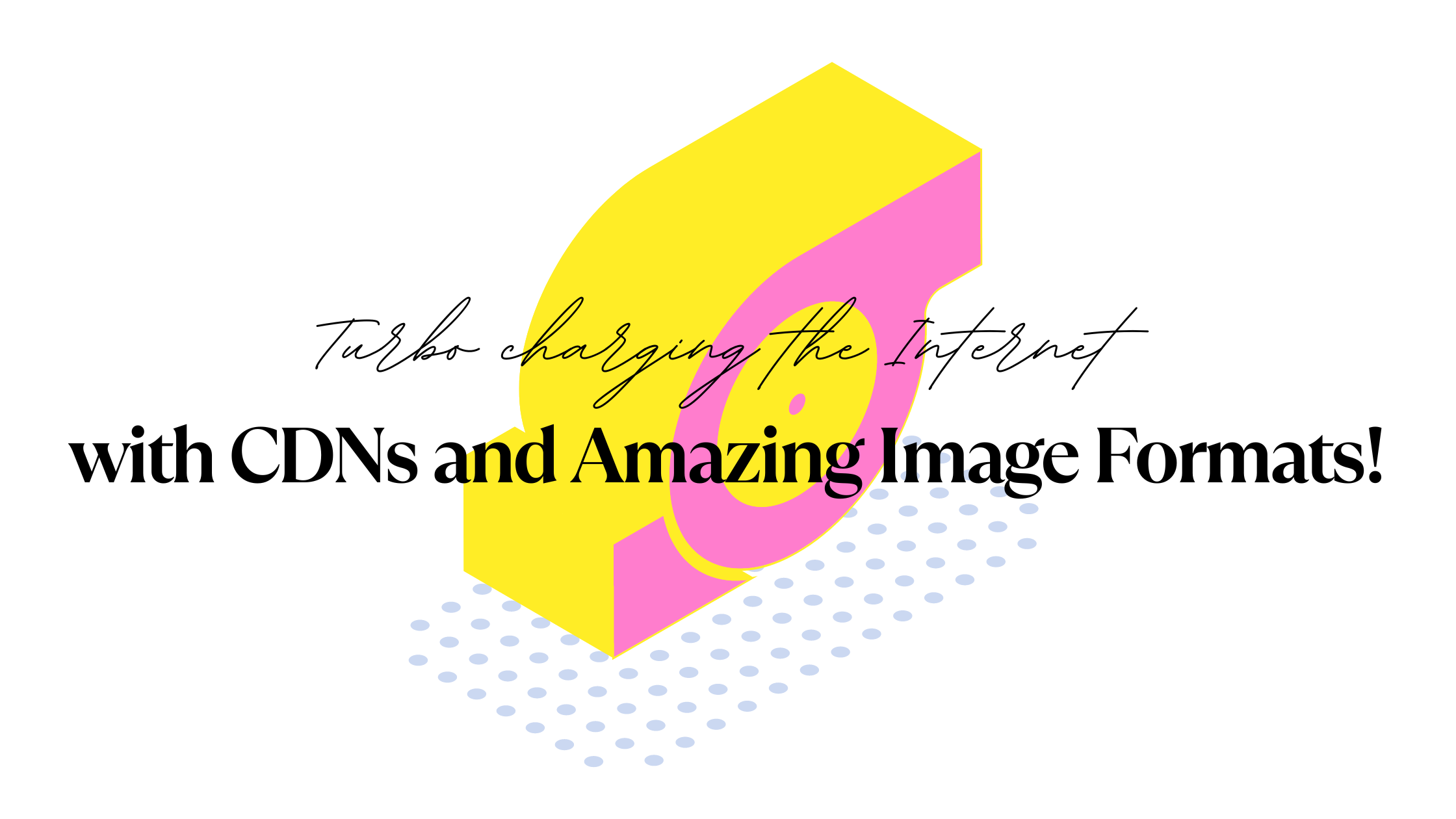Greetings! Today, we delve into the realm of sophisticated technological prowess that propels the internet to extraordinary heights – Content Delivery Networks (CDNs) and the multifaceted world of image file formats!
Part 1: The Marvel of CDNs
Envision a virtual fleet of agile couriers poised to transport your most coveted digital content with unparalleled swiftness. Such is the essence of a Content Delivery Network, a group of distributed servers similar to an assembly of ingenious messengers. When a user accesses a website, this ingenious system deftly duplicates the website’s multimedia elements, be it images or videos, and strategically caches them across diverse geographical locations. Ergo, when a user desires to view an image or watch a video, the nearest courier swiftly delivers the content, thereby expediting website loading times, even across vast distances.
CDN Benefits:
- Expedited Content Delivery: The primary allure of CDNs lies in their capacity to optimize website performance by reducing loading times, culminating in a seamless and responsive user experience.
- Resilient Stability: When a website experiences an inundation of visitors, the potential for system crashes surges. Nevertheless, the veritable prowess of CDNs fortifies websites against surges in traffic, ensuring unwavering stability.
- Global Accessibility: CDNs’ far-reaching presence transcends borders, enabling users to access media-rich content from diverse geographical locales without enduring undue loading delays.
Part 2: The world of Image Formats
Now, let us delve into the kaleidoscopic domain of image file formats, akin to a plethora of artistic mediums that transmute images into captivating spectacles.
- PNG (Portable Network Graphics):
- PNG serves as an exceptional medium for images replete with a profusion of colors and intricate details.
- It preserves image integrity with admirable precision, rendering pictures with remarkable clarity and sharpness.
- Especially advantageous for logos or graphics necessitating a transparent background, PNG exemplifies versatility and fidelity.
- WEBP:
- Emerging as a trailblazing format, WEBP elicits admiration for its capacity to compress images into diminutive file sizes.
- Its virtue lies in minimizing image data, translating to faster-loading websites and enhanced user experiences.
- Leveraging its prowess on contemporary browsers and devices, WEBP perpetuates the paradigm of a more captivating digital realm.
- JPEG (Joint Photographic Experts Group):
- Ubiquitous across the digital sphere, JPEG is a stalwart in the world of image formats.
- Exceling in reproducing images boasting myriad colors and gradients, JPEG remains a preferred choice for online visuals.
- Cognizant of its lossy compression, prudent usage and preservation of original copies are key to mitigating quality degradation.
- GIF (Graphics Interchange Format):
- The dynamic and animated realm of GIFs is a testament to their ubiquity and charm.
- Bestowing a touch of whimsy, GIFs, though not synonymous with high resolution, evoke delight in succinctly conveying fleeting moments and emotions.
Part 3: Elevating Website Speed with WEBP
In the ever-evolving landscape of web design, optimizing website speed is paramount. Enter WEBP, a modern image file format poised to revolutionize the digital realm. Converting from older image file formats to WEBP brings forth an array of benefits that remarkably enhance website speed and overall user experience.
- Smaller File Sizes, Faster Loading: WEBP employs advanced compression algorithms that effectively shrink image file sizes without compromising visual quality. By reducing the burden of hefty image files, websites laden with WEBP images load with remarkable swiftness. Reduced loading times mean users can access content promptly, fostering a positive impression and encouraging them to explore further.
- Bandwidth Conservation: As internet usage burgeons, conserving bandwidth becomes a pressing concern. WEBP’s adept compression curtails the amount of data that must be transmitted between servers and user devices. Consequently, this translates to reduced bandwidth consumption, offering substantial benefits for users on limited data plans and ensuring smooth website navigation for all.
- Improved Page Ranking and SEO: In the digital domain, search engines such as Google hold website speed in high regard when ranking search results. Faster websites garner higher rankings, attracting more visitors and elevating online visibility. Migrating to WEBP thus bestows the potential to bolster website SEO, heightening the chances of reaching a broader audience.
- Responsive Design and Mobile Friendliness: In the era of mobile devices, optimizing websites for various screen sizes and resolutions is indispensable. WEBP’s compact file sizes contribute significantly to responsive web design, enabling seamless adaptability across desktops, tablets, and smartphones. As a result, users on diverse devices can relish a uniform, rapid, and immersive browsing experience.
- Future-Proofing Your Website: Embracing WEBP serves as an investment in the future of web design. As the internet continues to evolve, newer technologies and browsers are likely to favor this efficient image format. By adopting WEBP early on, websites can anticipate staying ahead of the curve, remaining compatible with forthcoming innovations.
In summary, the transition from older image file formats to WEBP heralds an era of unprecedented website speed and user satisfaction. With its superior compression, bandwidth conservation, and positive SEO implications, WEBP emerges as a formidable catalyst for optimizing websites and embracing a more agile and captivating digital frontier.
As we embark on the journey of progress, harnessing the power of WEBP empowers us to construct a web that is not only visually alluring but also blazingly swift. Let us embrace this transformative technology to usher in a new era of web design excellence!


Recent Comments